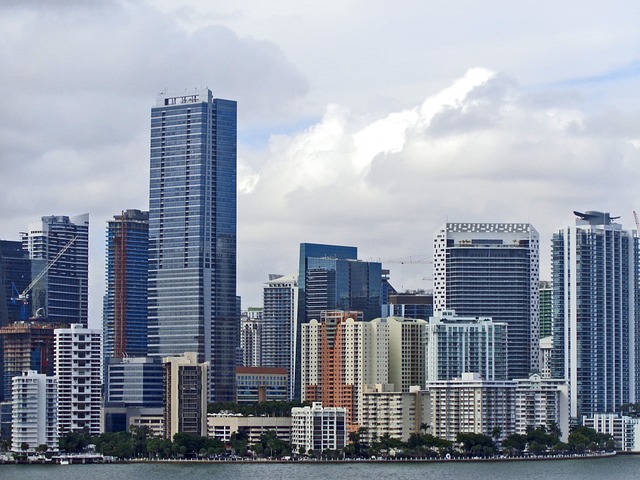Miami currently holds the highest bubble risk, according to this year’s edition of the UBS Global Real Estate Bubble Index.
Driven by the luxury market boom, prices in Miami have increased by nearly 50% in real terms since the end of 2019, with 7% of that rise occurring in the last four quarters, the report adds.
The U.S. homeownership market is becoming increasingly unaffordable, as the monthly mortgage payment as a percentage of household income is now much higher than during the peak of the 2006–2007 housing bubble.
In Los Angeles, real housing prices have barely increased since mid-2023. Due to the decline in economic competitiveness and the high cost of living, the population of Los Angeles County has been shrinking since 2016. As a result, rents have not kept pace with consumer prices, the study explains.
Despite its low affordability, New York housing prices have not corrected significantly. They are only 4% below 2019 levels and have even increased slightly in the last four quarters.
The Boston housing market has seen a 20% price increase since 2019, outpacing both the local rental market and income growth. However, the local economy has recently taken a hit, particularly due to layoffs in the tech and life sciences sectors, which could signal a shift in this trend.
Globally, real estate bubble risk has decreased in the cities analyzed. In addition to Miami, Tokyo and Zurich also saw their index rise.
However, cities like San Francisco, New York, and São Paulo present a low bubble risk.




